Many people needless oversize the blocking capacitor. This doesn't mean you should change the capacitor, because current rating is very important, but this does show how important capacitance is. Let's look at what changes when the blocking capacitor is reduced in size.
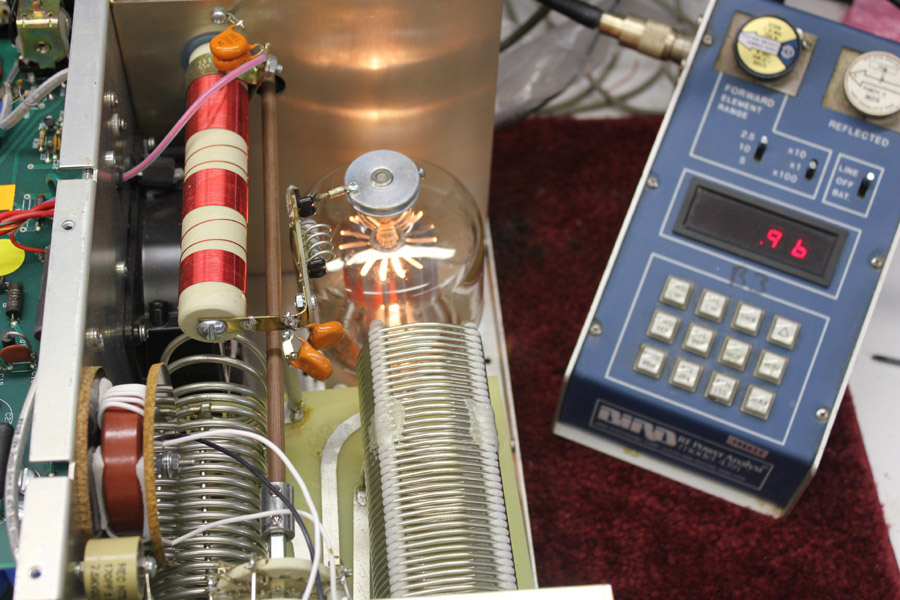
The 2000 pF capacitor outputs 960 watts PEP with an old Chinese 3-500Z tube in an AL80B.
The front panel knobs are at this position:
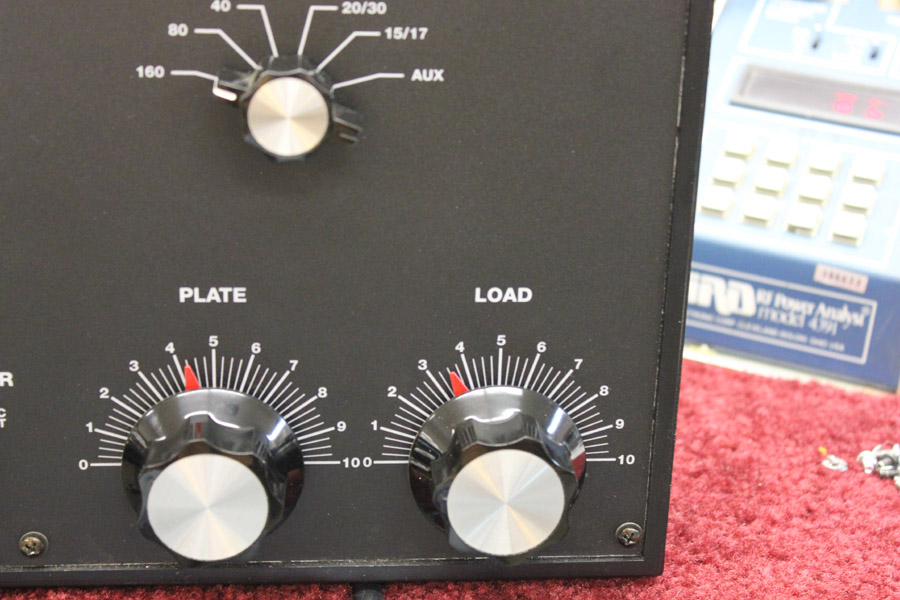
Plate is at 4-1/4
Load is at 3-1/2
A 170 pF is substituted for the 2000 pF.
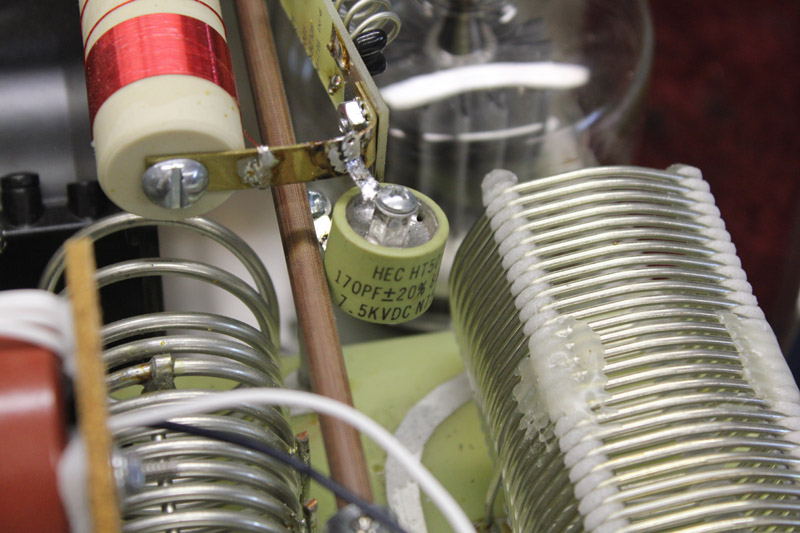
This is a quick test with only the blocking capacitor changed.
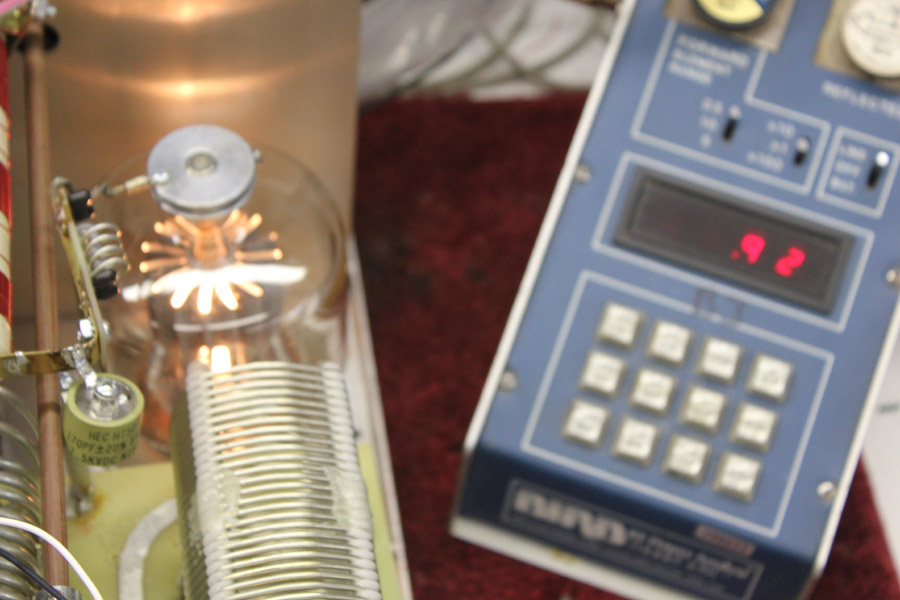
Power, not retuned, is 920 watts PEP. This is a 2% drop in power.
Retuned power:
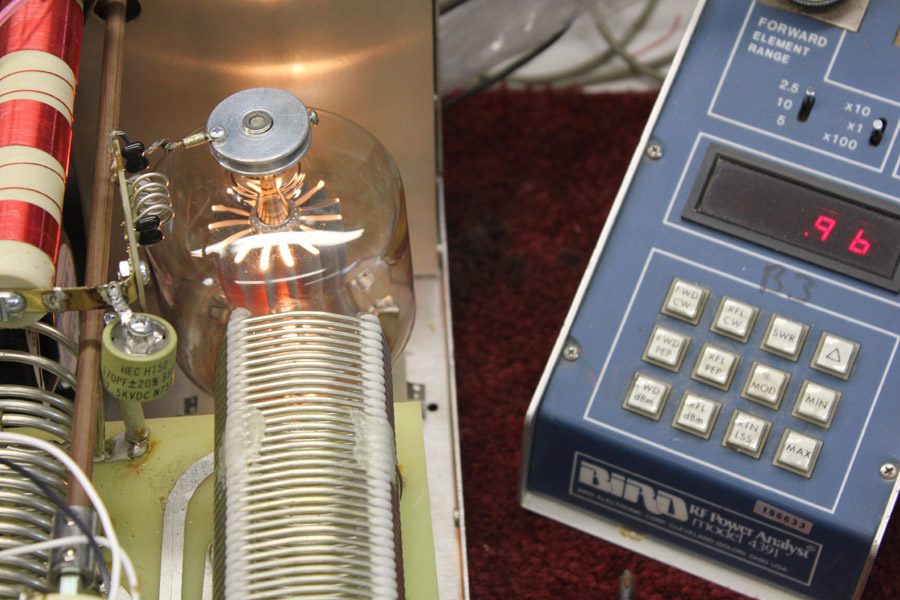
Retuning the Plate and Load brings power back to 960 watts PEP. No power loss. No efficiency loss.
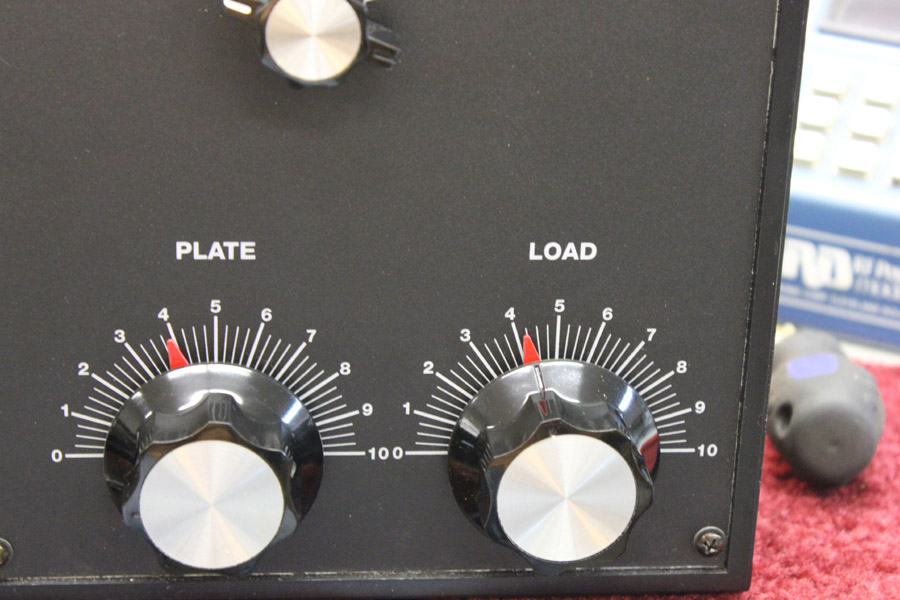
The new settings are
Plate 4
Load 4-1/4
Old settings were
Plate is at 4-1/4
Load is at 3-1/2
The only effect is a slight change in control settings, just a few percent.
Note: This does not mean you should change parts to new values. It simply is meant to disprove the myth that blocking cap size is important to efficiency. The blocking cap does store energy that is pushed into the tank, but the amount of energy on tube side of the tank is very low. Most of the energy circulates in the tank, the tank dominates the impedance and energy at the anode.
Efficiency is determined by conduction angle and waveform at the tube anode, not by the blocking capacitor or plate choke. I have seen articles telling people to use 10,000 pF blocking capacitors, or special capacitors in the blocking function, to improve efficiency.
Blocking Capacitor Current
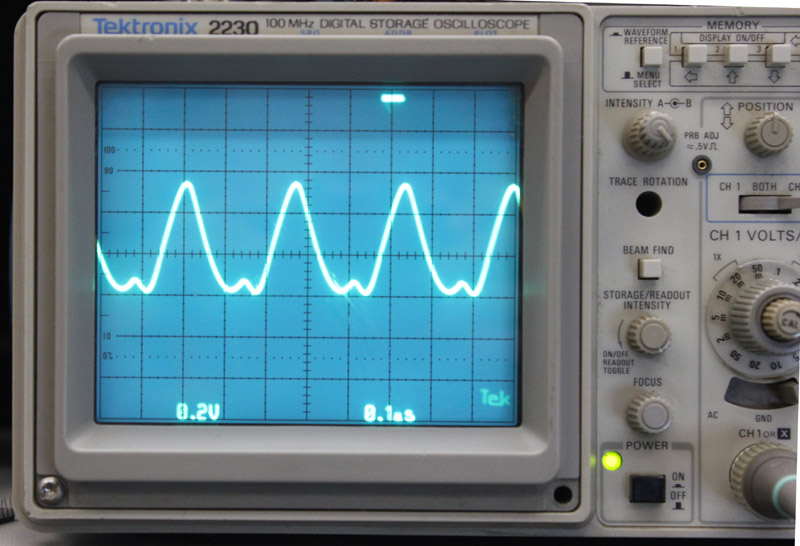
This is the blocking capacitor current in an AL80B amplifier running 850 watts carrier output.
Note the current is not symmetrical, peaking at ~1.275 amperes. The positive going peaks are at negative going anode voltage peaks in the tube.
This waveform gradually varies from band-to-band, but is never symmetrical. It becomes more symmetrical as ten meters is approached, because plate capacitance becomes a larger part of the resonant tank capacitance.
This waveform is representative of the 160-20 meter blocking capacitor current waveforms. Remember this is instantaneous current levels, not RMS current commonly used for capacitor ratings.
The sine shaped part of the curve is during the period where the tube conducts.
With peak current ~1.275 amperes, peak capacitor RF voltage drop would be 1.275*Xc.
© 2011 w8ji